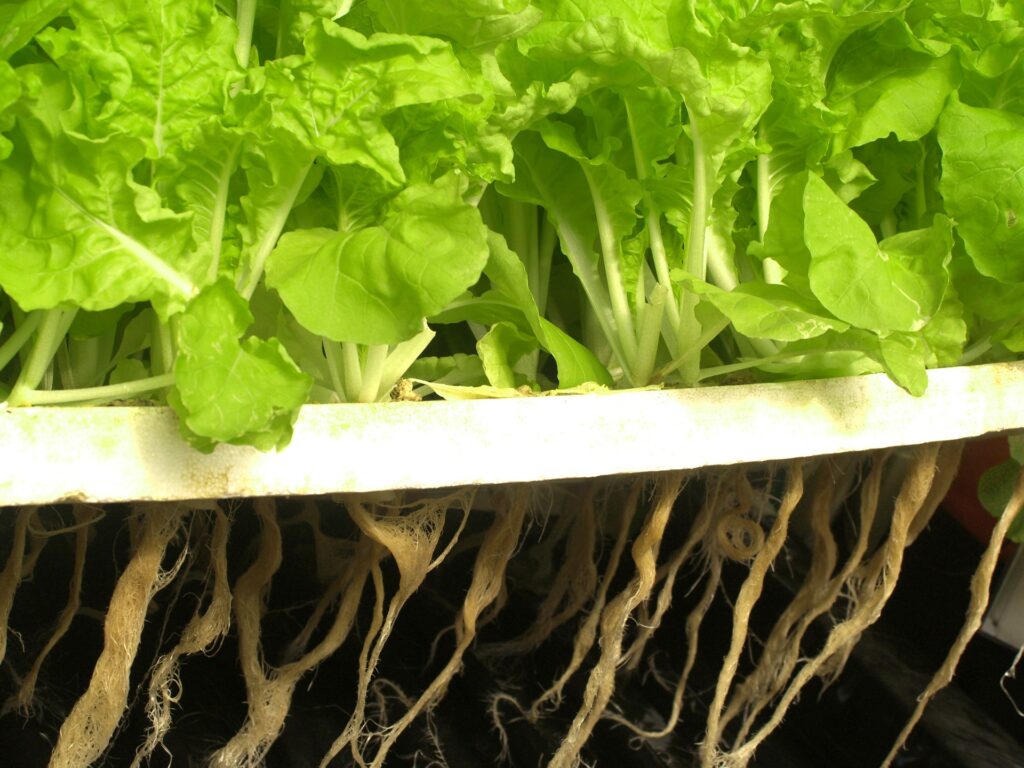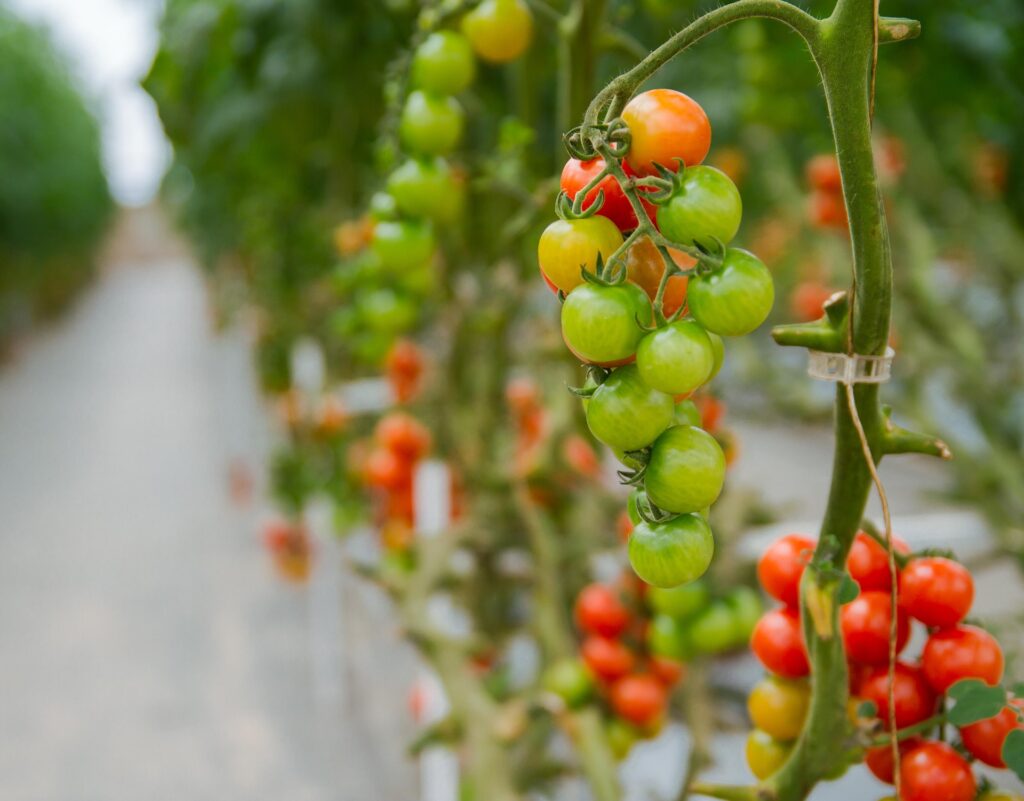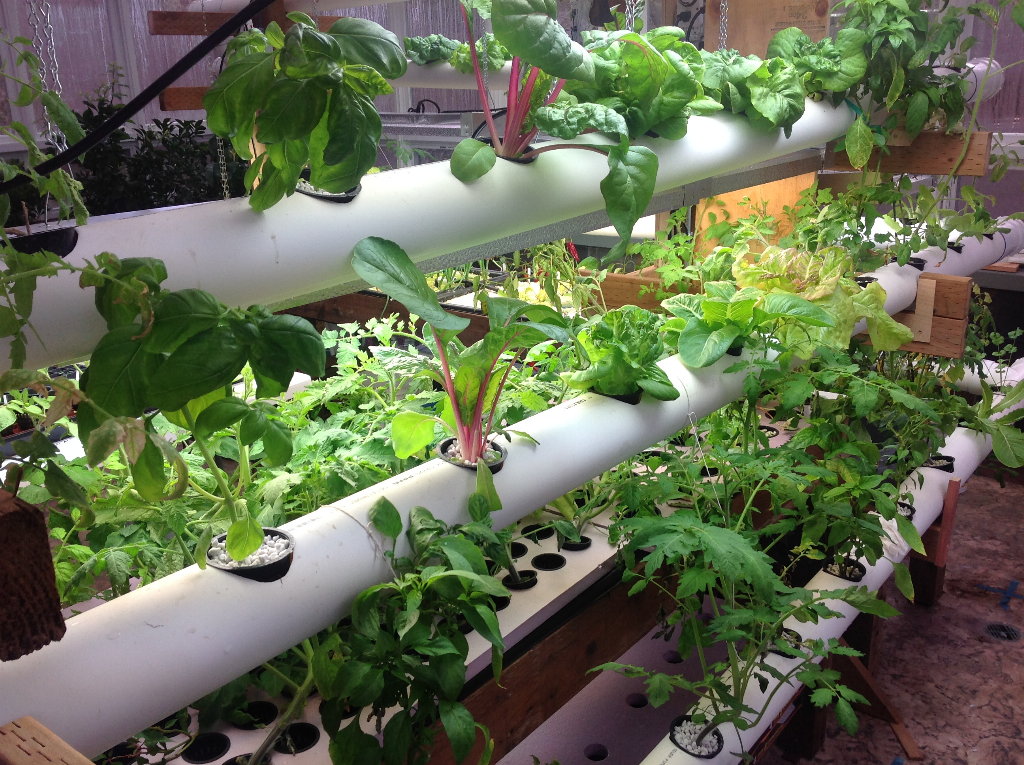The main asset utilised for farming in Africa is soil, a mixture of organic matter, minerals, gases, liquids, and organisms for that sustain plant growth.
The optimum use of this resource has however been minimised over the past years due to several dynamics, namely lack of structured funding from financial institutions for agricultural projects due to the absence of collateral from start-up farmers; high costs of land preparation and posterior agronomic activities (fertigation, irrigation, nematode, insect, pest control); the drastic effects of climate change; lack of well-developed market synergies to promote the sale of agricultural produce and the lack of properly qualified expertise to manage agricultural projects.
As technology is consistently changing, the emergence of hydroponic farming could provide the long-term sustainable solutions we have been seeking as a continent. Hydroponics is the practice of crop growth in mineral nutrient solutions, and it is a subset of soilless culture. Hydroponic systems can be subdivided into the following production technique categories: Nutrient Film Technique (NFT); Dutch/Bato Bucket Technique; Raft/Deep-Flow Technique (DFT); Slab/Hanging Gutter Technique; Aeroponics and the Ebb and Flow Method.
Nutrient Film Technique (NFT) involves the movement of a very shallow stream of water containing all the dissolved plant nutrients being re-circulated past the roots of plants in a watertight gully (or channels).
The Dutch/Bato Bucket Method uses two or more growing containers connected to the similar irrigation and drainage lines. This is an incredible water- and nutrient-efficient method, ideal for growing heavy-feeding and vining plants like tomatoes, peppers, and eggplants.
In the Raft/Deep-Flow Technique (DFT) water supplies nutrients to plants via ponds. Plants are grown in drainage channels with a 4 to 6 cm nutrient solution running continuously, and the roots of plants continually submerged in the nutrient solution.
In the Slab/Hanging Gutter Technique soilless substrates in a gutter (plastic or metal) are placed in a support system or suspended above floor height with plant roots growing in a nutrient solution.
The Aeroponics Technique involves being given nutrients from a mist that is sprayed onto the roots of plants. Crops are grown suspended in the air. The plants are contained in a humid atmosphere where frequent misting delivers a nutrient-rich solution right to the roots, keeping the crop from drying out.
The Ebb and Flow Method involves flooding the grow area with the nutrient solution at specific intervals, which then drains back into a reservoir containing a pump on a timer. This type of flood and drain hydroponics system is ideal for plants that are used to alternating periods of dryness to wet.
The current global use of hydroponic systems is distributed as follows: 36% under the Nutrient Film Technique (NFT); 18% under Dutch/Bato Bucket Technique; 14% under the Raft/Deep-Flow Technique (DFT); 8% under the Slab/Hanging Gutter Technique, 8% through Aeroponics; 3% utilising the Ebb and Flow Method and 13% of hydroponics is being done under other types of production systems.
Regions currently dominating the hydroponics market are North America, Western and Eastern Europe, as well as Northern Asia, followed by Southern Asia, the Middle East, Australia, and lastly South America and Africa.
For Africa to also compete on this global scale and reap the benefits of hydroponic production systems, the farmer should have access to loans corresponding to his level of operation. Financial institutions can disburse loans in which the collateral for the hydroponic project is fixed, and the sale of the produce is guaranteed by contracts to the relevant wholesale, retail, and or direct buyers and middlemen.
Input supply companies and insurance can collaborate to ensure that the project runs well. Input supply companies can have their products paid for by a financial institution or non-governmental organisation funding the project, and the insurance firms can insure the project against catastrophes common in agricultural production systems.

The Slab/Hanging Gutter Technique suspends plant roots in a nutrient solution. (Source: Pixabay)
Hydroponic farming:
- Allows large tracts of land to revert to the natural landscape, restoring ecosystem functions and services
- Remediates black water to create a much-needed new strategy for the conservation of drinking water
- Take advantage of abandoned and unused urban spaces
- Allows year-round food production without loss of yields due to climate change or weather-related events
- Eliminates the need for large-scale use of pesticides and herbicides, thus promoting organic farming
- Provide a major new role for agrochemical industries, for example, designing and producing safe, chemically defined diets for a wide variety of commercially viable plant species, and
- Creates an environment that encourages sustainable urban life, promoting a state of good health for all those who choose to live in cities.
- The current market value of hydroponics stands at 9,5 billion US dollars and is expected to have a market value of 12,1 billion US dollars by 2025. As a continent, we have to be able to participate in this space to spur the growth of gross domestic product (GDP), create employment and improve the functionality of agriculture within Africa’s countries.

The Dutch/Bato Bucket Method is ideal for heavy-feeding and vining plants like tomatoes. (Source: Unsplash)
References:
The Future of Farming: Hydroponics — PSCI, https://psci.princeton.edu/tips/2020/11/9/the-future-of-farming-hydroponics
Global Hydroponics Market – Industry Trends and Forecast to 2028, https://www.databridgemarketresearch.com/reports/global-hydroponics-market









